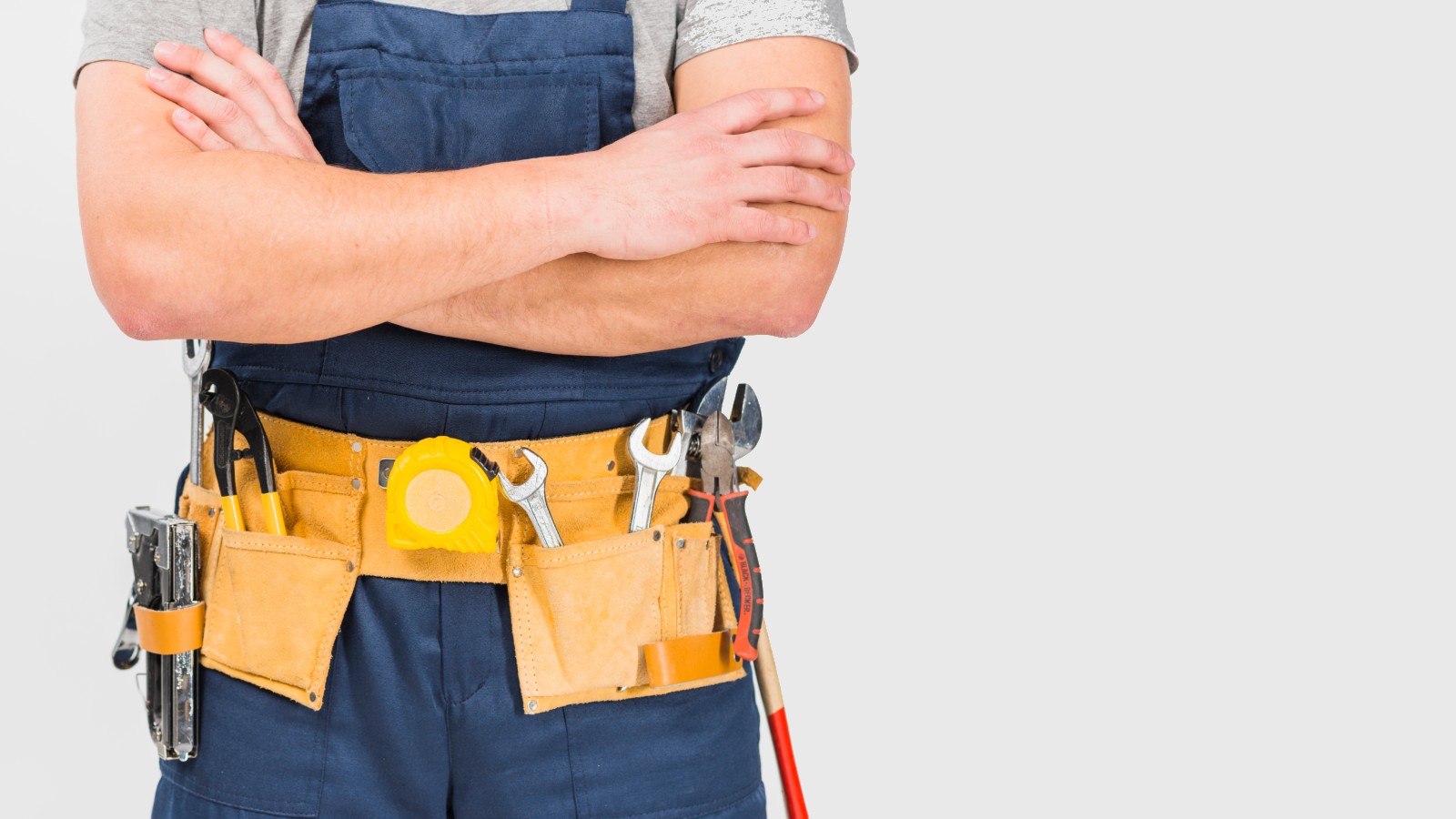Fitness equipment is wide ranging and can include small non-mechnical items such as fitness balls, dumbbells, ropes/belts, and step stools/benches, as well as much more complex items such as weight machines and electronic cardio equipment.
Therefore specific maintenance techniques will vary. Factors to consider when undertaking maintenance checks and duties include:
-
Pay particular attention to equipment that has moving parts and/or electronics as these can provide a significant safety hazard if not maintained correctly. Ensure calibration, lubrication, routine tightening of tension and other basic tasks are undertaken regularly.
-
Perform adequate cleaning and sanitation to prevent the spread of viruses and germs. This would normally be conducted at least daily, however, during more infectious times, like the Covid-19 pandemic, the frequency of this sanitation will be increased significantly.
The manufacturer's instructions should describe:
-
The type of maintenance required and provide correct maintenance techniques.
-
Outline which routine tasks can be undertaken by staff members (ie. lubrication and basic adjustments) and what should only be attempted by a qualified technician (ie. mechanical, electrical and/or structural repairs).
-
Suggest storage conditions for specific equipment.
Following these instructions will extend the life-span of the equipment and improve safety.
Never attempt to repair a piece of equipment if you are not fully trained and authorised to do so, it may void the warranty, make the problem worse and/or create a major safety hazard.
If the manufacturer recommends using only genuine replacement parts then you should definitely try to do this, inferior cheaper parts may be more appealing in the short-term but they will not last as long and may void the warranty.
When undertaking preventatve maintenance for strength training equipment the following steps must be covered:
-
Function test - Does the machine move/operate as it is supposed to?
-
Inspect for wear and tear - Are there any rips or tears in the upholstery? Are there any breaks or exposed wiring in the cables?
-
Check cable tension - Use an adjustable wrench to loosen or tighten the adjustment screw.
-
Lubricate - Use a specialised lubricant to the moving apparatus to ensure weights move freely. Note: Do not use WD-40, it is an inadequate lubricant and will damage moving parts.
The video below demonstrates how each of these points is undertaken.
When undertaking preventatve maintenance for cardio equipment the following points must be covered:
-
Testing individual control panel keys to ensure they perform the correct and expected response easily and without delay.
-
Check the resistance and incline features are working correctly.
-
Ensure the contact heart rate monitors that are built into the hand grips are working properly.
-
Test the safety key feature to ensure the machine (treadmill) shuts off immediately when the key is removed.
Treadmills are a very common form of equipment found in fitness environments. As they contain moving parts (conveyer belt) lubrication is required on a regular basis. Standard lubricating products include either a silicone gel or a wax powder, depending on manufacturer instructions a certain product may be recommended with a particular model.
The basic process for lubricating a treadmill belt is:
-
Loosen the treadmill belt.
-
Apply the wax under the belt on each side, blowing the powder across the surface under the belt.
-
Tighten the belt.
-
Test operation to ensure there are no instances of slipping, if there is any slipping then the belt may need additional tightening.
The following video demonstrates how this process is completed:
Other maintenance tasks related to treadmills include:
-
Removing debris buildup from the rear of the machine and also within the motor compartment.
-
Tightening the treadmill belt.
-
Centering the treadmill belt.

